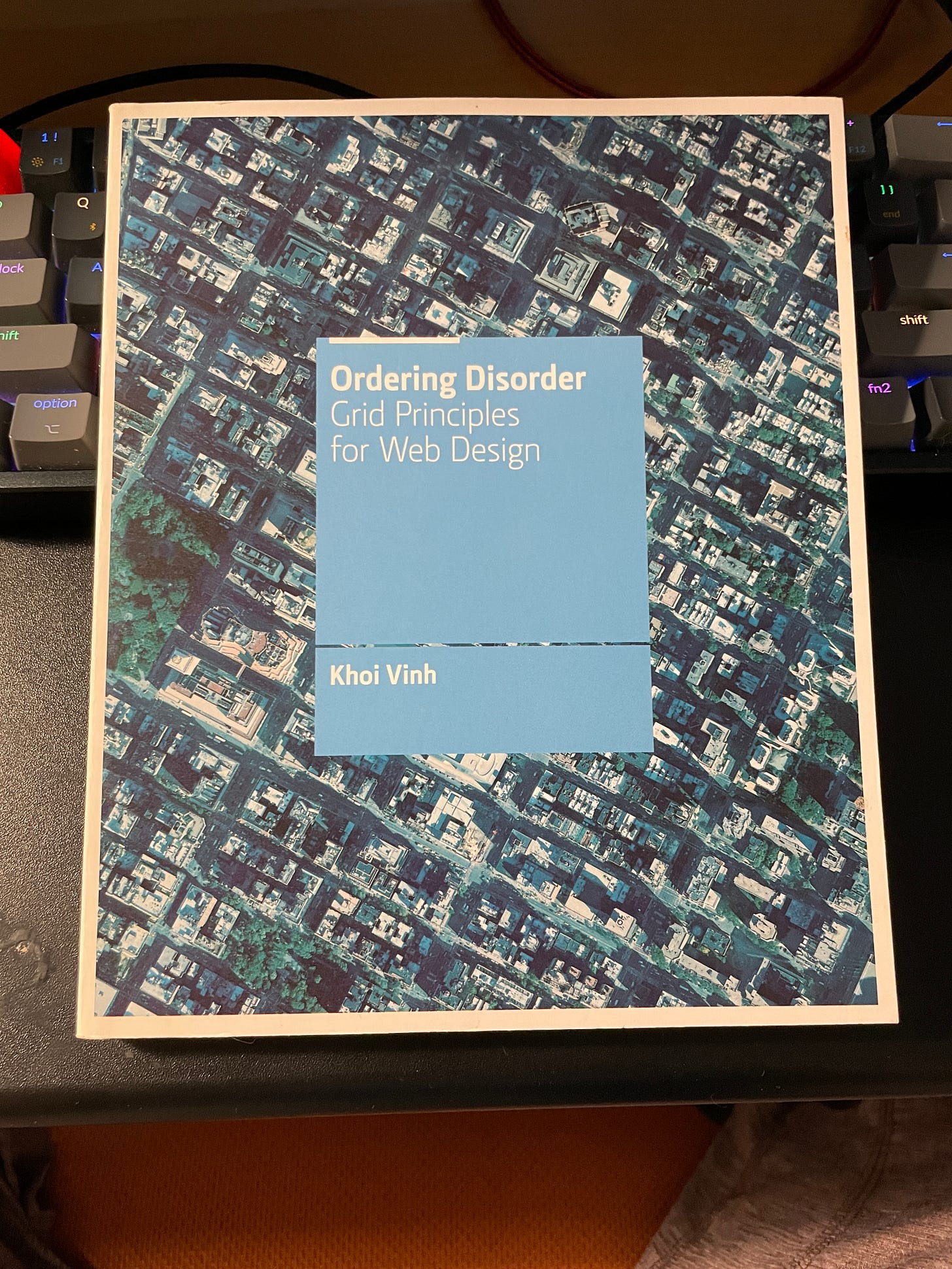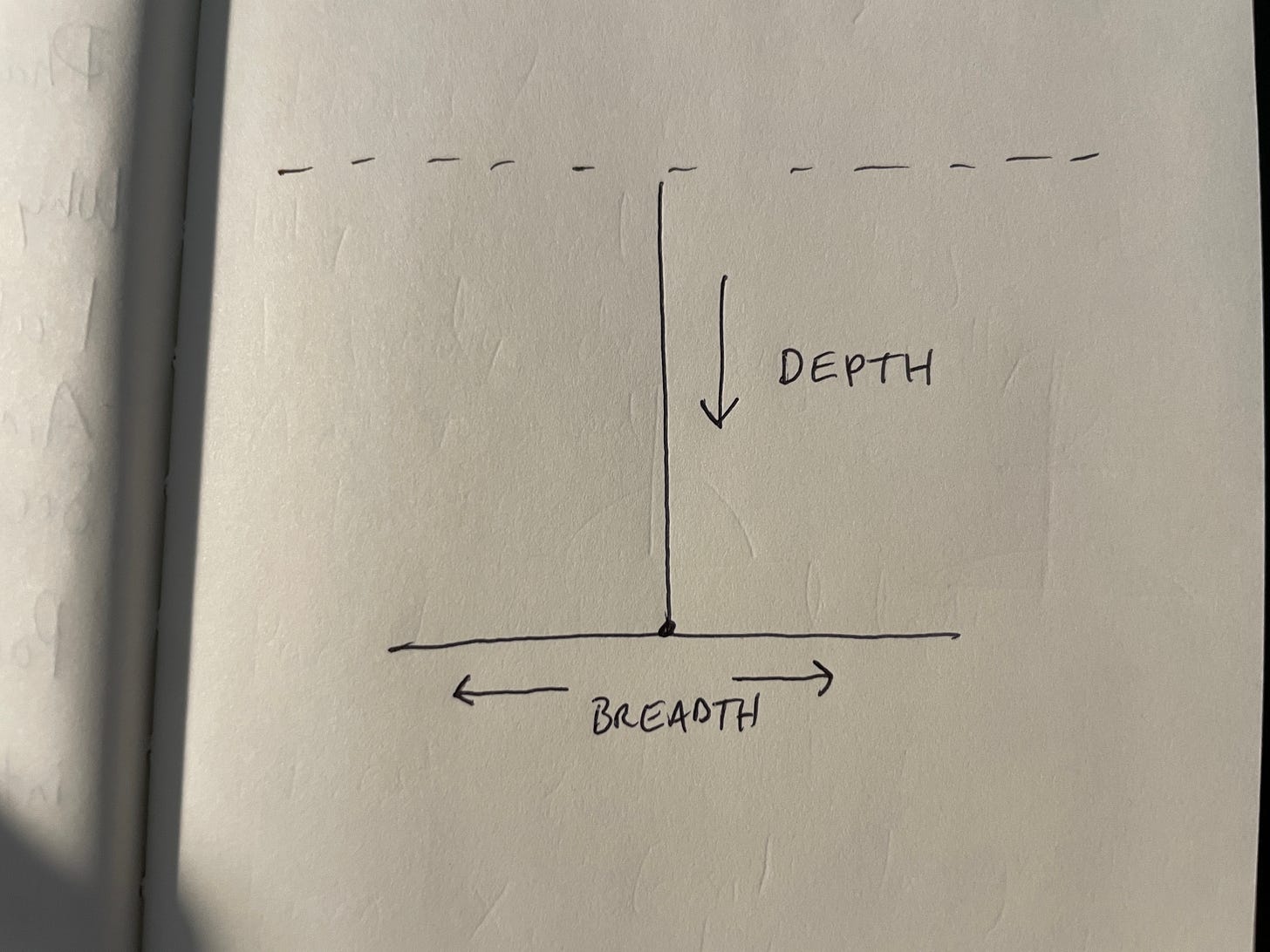A model for learning part I
I’ve been meaning to write a short collection of notes regarding the model for how I learn. The main aim is to crystalize the process that I’ve organically been using for years and also to see where I can optimize and tweak it. This is not a premeditated topic that I’ve been dwelling on but something that has recently come to mind after observing my kids during school-time. I think most of us develop a learning method early on and generally stick with that for rest of our life. The model we use becomes both the floor and the ceiling for our quality of learning.
Before I dive into the mechanics of the model, I want to briefly mention my aim when trying to learn about something: I want my learning to look like an inverted T-shape meaning that I will have both depth and breadth in the topic.
Survey The Field
After I’ve decided “I want to learn X”, the first step is surveying the field. This is a short period where I want to harness the momentum to do simple, broad research. The aim of the research is to find my source material (discussed in the next step). When surveying the field, time is of the essence. Usually if I want to learn something I know that I only have about a week of runway to get past this step. This runway is essentially my own interest/excitement/will-power to overcome all barriers of getting started.
In the survey phase, you are trying to filter as much signal/truth out of the endless amount of noise. I want to simplify and really try to grasp what is the core principal that will unlock the learning. When first starting to play bass, I found that the key to breakthrough was knowing which notes were acceptable to play when given a certain chord. Once I had this target, I realized my first task was learning each note on the fretboard so I could become fluent in these changes.
Choosing A Source
At this point I want to select one key source to learn from first. The goal is get the highest quality source so you can learn deeply. This can either be a primary source which is a person (coach/mentor) or a secondary source like a book or video. There are upsides to each type but generally choose the primary source if you have access to one as it’s more interactive. Also note that choosing too many sources can get noisy but choosing one that is too simple will stall you and can be equally damaging to the process.
When I was learning to code, my primary source was an engineer who worked at the same startup. Because we worked together on a smaller project, I was able to ask him tons of questions and observe how he did things. On the other hand, while learning design, I didn’t have the luxury of a more senior mentor so I had to use a sequence of secondary sources. The advantage of non-human sources is that you can move faster (and not feel like you are bugging someone with questions) but generally you don’t get the depth achieved from primary.

Most of the time I don’t make it past these two steps but if I can stay focused, survey the field, and choose a high-quality source to emulate that usually gives me the depth I need to progress the learning. More on this next week!

